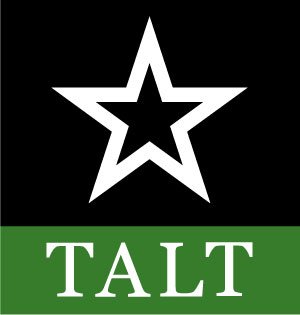E Cross Cattle Company Inc.
For more than 100 years now, the Cornelius family has been working cattle on their family land in Matagorda County near Sargent in Southeast Texas.
Herff Cornelius’ grandfather bought the original tract in 1917, and moved cattle from Markham to winter in the salt grass there every year for decades. Herff’s father continued the ranching tradition after his father passed on, and the whole family was involved.
“My dad had eight kids, including me and my seven sisters, and we were the cattle crew,” said Herff. “Anytime there was cattle work to be done, he loaded us all up and we went there and worked. I remember a lot of my childhood being on horseback working cattle.”
The ranch is bordered on the south by the Intracoastal Waterway and has 4.3 miles of frontage on Caney Creek. It is a premiere piece of coastal prairie rangeland, providing productive grazing land and exceptional wildlife habitat. Like his father and grandfather before him, Herff is a hands-on manager of the property and treasures the land he stewards.
When his father died in 2013, followed by his mother’s passing in 2014, the family had a tough decision on their hands as they contemplated the transfer of family land from one generation to the next. With seven sisters, and literally dozens of other family members to consider, it was not an easy decision. One thing they all agreed upon was that it had to be a unanimous decision: either keep it all, or sell it all.
About that time, Herff learned about the Texas Agricultural Land Trust (TALT) and how a conservation easement might help their family.
“One thing led to another and we began serious discussions about how we might keep this land together to benefit everybody,” said Herff.
It was a complicated series of discussions that involved multiple partners over several years, including the Texas Parks and Wildlife Department (TPWD), the National Fish and Wildlife Foundation (NFWF), the General Land Office (GLO) and the U.S. Fish and Wildlife Service (USFWS).
The fundamental issue was figuring out how the easement would be funded, so the family could benefit financially from keeping the land together and protecting its conservation values in perpetuity. The alternative would be to benefit financially by simply selling the land. There are vacation homes lining the other side of the creek bordering the Cornelius family land, foreshadowing the future of the ranch if the land was sold and developed.
Numerous conservation partners got involved because of the tract’s significant natural assets, and the property location adjacent to Matagorda Bay, which is a conservation priority for government agencies and conservation NGOs alike. TPWD officials recognized the property as an outstanding example of coastal wildlife habitat that would be a significant contribution toward a state, federal and private collaborative to protect as much pristine habitat around Matagorda Bay as possible.
That recognition led TPWD to nominate the project for funding from NFWF’s Gulf Environmental Benefit Fund. The nomination and selection process took a couple of years to complete, and then additional time was required to craft easement terms that worked for both the family and NFWF. In the interim the appraisal grew stale and had to be re-done. The new appraisal revealed a funding gap, and TPWD turned to the GLO’s Coastal Management Program for assistance. Through dollars provided by the Gulf of Mexico Energy Security Act (GOMESA) fund, the gap was closed. The USFWS, which manages the nearby Big Boggy National Wildlife Refuge, assisted by providing some of the transaction’s due diligence costs.
More than six years after the Cornelius family began considering the idea, the conservation easement finally closed in January 2023, forever protecting 3,547 acres of precious coastal habitat.
“This transaction is a testament to some creative minds that came together to seek out every funding option available to make it all work,” said James Oliver with TALT, who helped shepherd the transaction through to closing. “When like-minded organizations and individuals are all pushing toward the same conservation goal, good things can happen. We are very grateful to the Cornelius family for hanging in there with patience and perseverance. Thanks to them, this land will be preserved for generations to come, benefitting us all by helping to keep our air and water clean.”
Like his father and grandfather before him, Herff Cornelius will continue to work the land that has given his family so much. Thanks to the conservation easement held by TALT, his children, and grandchildren, and those of his seven sisters will have that same option.
“I think everybody’s just really happy that future generations will be able to continue to use this property for ranching, hunting and conservation of the wildlife we all enjoy,” said Herff. “Everybody is just very happy about that.”




